A TRUST that took ownership of a historic house beside the remains of a Roman temple carried out work without planning permission.
The Spitalfields Trust, founded by architectural historian and TV presenter Dan Cruickshank in 1977, has been restoring Caerwent House since 2017.
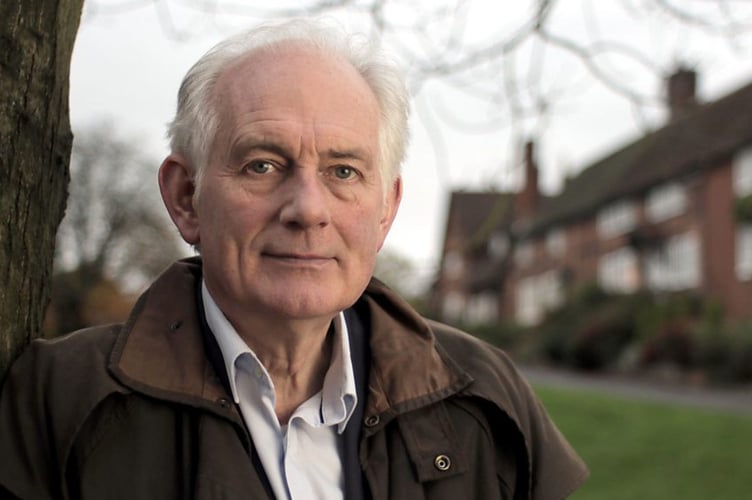
The nine-bedroom property in the village north of Caldicot, dates back to the late 16th or early 17th century and was at risk of collapse when Monmouthshire Council compulsorily purchased it in 2016 and passed ownership to the trust dedicated to preserving historic buildings.
Though Caerwent House may be some 425 years old, it was substantially rebuilt and remodelled in the early 19th century and Grade II-listed in 1985.
It was among two principal houses in the region noted in an early 19th-century gazetteer of Monmouthshire, but had long been empty and fallen into dereliction, blighting the Conservation Area.
The council served a repairs notice on the property in 2013 due to concern at its poor condition.
The trust received planning permission, and listed building consent, in 2018 to divide the house in two with the intention of selling the properties.
But alterations to the agreed plans have been made, which the trust has said were either necessary “due to the condition” of the building or “required to create viable new homes in order to secure a sustainable future for the at risk building.”
Changes included replacing a large lean-to at the back with two timber-glazed lean-tos, rather than enclosed porches as approved, and the use of alternative timber cladding, doors and windows on an out building called the wash house.
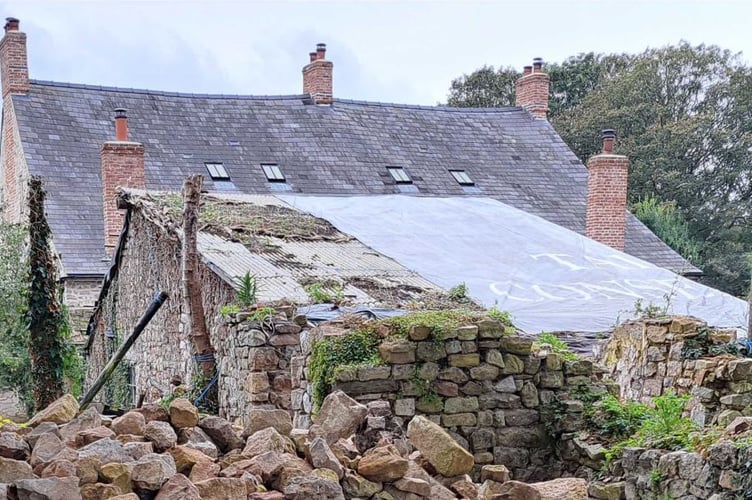
The trust said details of the application were discussed “at length” with Monmouthshire Council’s conservation officers and reflect their comments and advice, and it has “engaged” with the officers throughout.
It added that Welsh historic buildings body Cadw was also consulted, and offered no objection, to it creating two separate accesses, one using the original access that was to be blocked, from the road.
As a result there will be two openings in the stone boundary wall at the front of the house.
Monmouthshire Council planning officer Victoria Cornock said, in a report, it was “unfortunate” the changes had been “undertaken to a significant degree” without permission but backed them with conditions, including on materials.
Her report stated: “The works that have been carried out have therefore been considered in a holistic view of saving the building and restoring as much as possible for future generations.”
The size of the lean-tos were also reduced “to a point where they are no longer considered to be detrimental enough to warrant refusal.”
It was also agreed the new access points will have an acceptable impact on the character of the listed buildings but the gates had to be set further back to meet highway concerns. There will also be a condition on the access gates.
Ms Cornock also stated that the work was outside the Caerwent Roman Town scheduled monument, but inside the the Roman town area.
All works were monitored by archaeologists and any impact on the buried archaeology mitigated.
The lean-tos are similar to other structures attached to other buildings in Caerwent and, Ms Cornock said “have caused no adverse effect on the setting of the scheduled monument”.
The changes were approved and listed building consent granted.
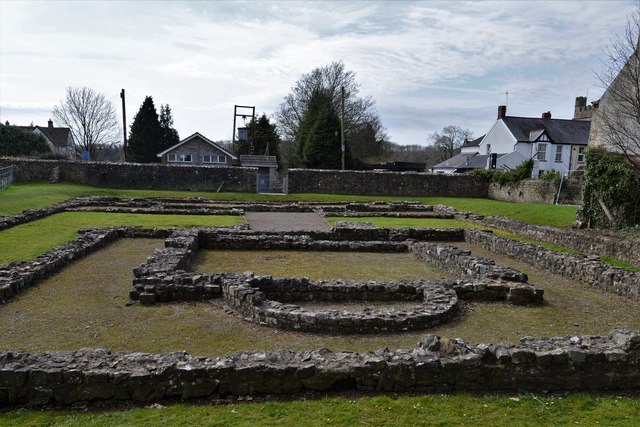
Caerwent, or Venta Silurum to the Romans, was established in AD 75–80, and served as a settlement of the Silures, a native tribe who became Romanised following the conquest of Britain.
It was a busy place complete with public baths, spread out in a Roman grid.
Impressive remains include walls still standing up to 17ft/5m, excavated houses, a market-place and Romano-British temple.
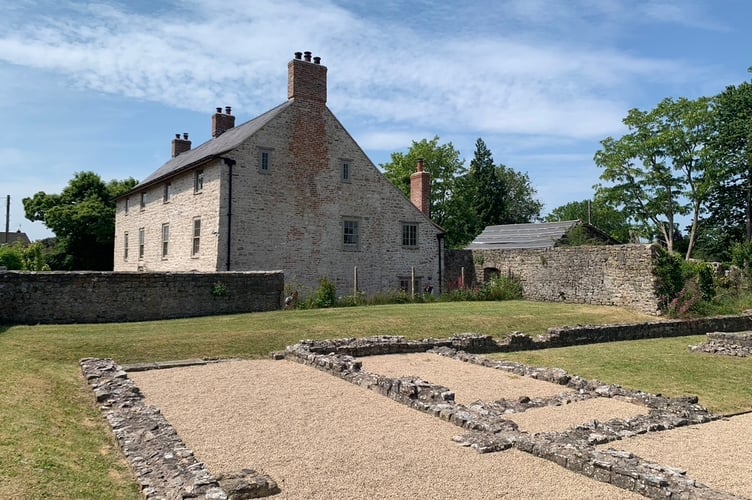
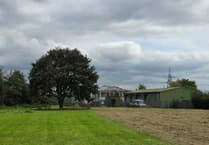
.jpeg?width=209&height=140&crop=209:145,smart&quality=75)


Comments
This article has no comments yet. Be the first to leave a comment.